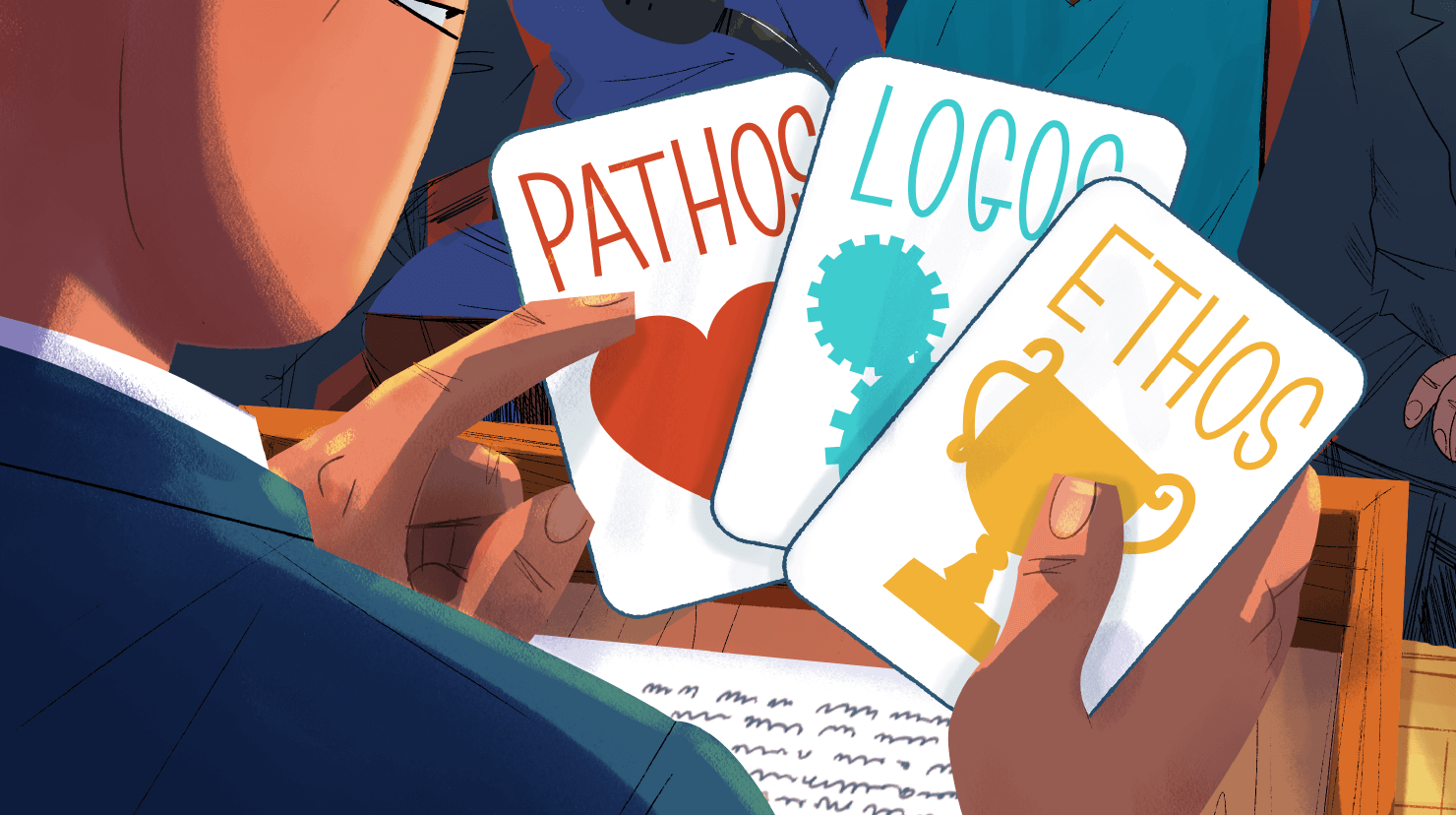
Even if you’re not the boss of your company or the leader of your Toastmasters club, it likely is still important to you that people value your opinion, listen to what you have to say, and include you in new initiatives.
Your influence can help you build your connections and implement your projects. It’s a concept that leadership professionals say is more important now than ever, given the fractured and hectic nature of the modern workplace.
“All of us these days are in organizations that have been stripped, to a greater or lesser extent, of their hierarchy,” says Dorie Clark, bestselling author and branding expert. “You often need to get things done by working in collaboration with people who don’t directly report to you. That could be people in different departments, people in different offices, different teams. The challenge becomes how can you get them to want to do the thing that is important and necessary for you, but may not be their top priority?”
The simple answer? Be nice to others. Not in a scheming way, Clark stresses, but by taking a genuine interest in others—their personal lives and what they value about their work.
“It’s the philosophy of digging your well before you’re thirsty,” she says. “If you have built a good relationship with this person over time—maybe you’ve done favors for them in the past—you are paying into a reservoir of goodwill that, hopefully, you will be able to tap during key moments when you’re the one needing assistance.”
One influence-building strategy Clark recommends is asking for others’ opinions and recommendations—perhaps a favorite book on leadership or public speaking—as a way to show you value their input.
“Showing somebody—in a genuine way, of course—that you respect them enough to ask for their opinion is a powerful testament, and it’s likely to trigger some form of reciprocity where the person says, ‘Oh, wow, that’s pretty cool that he respects me enough to ask for my opinion,’” she says.
Gratitude, focus, and follow-up are key in any situation where you’re looking to build influence, Clark adds—read the book someone suggests, or thank them for their help if they do you a favor. When they respond to a question you ask, really listen to the answer, and give them your undivided attention.
“That makes them look at you in a slightly different way,” she says. “It begins to change the tenor of the relationship so that they’re predisposed to be a bit more positive toward you than they might otherwise have been.”
Communicate the Context
When the moment arrives that you need to tap into the reservoir of goodwill that you’ve built, Clark says, it’s also advantageous to make clear the stakes and context of the request—what it means to you personally, and what it means to the organization as a whole.
“It is rare that someone will go out of their way to do something if it doesn’t seem important or they don’t really understand why it’s necessary,” she says. “But if you actually take the time to walk them through it and say, ‘This is a really big deal to me,’ or ‘This is a really big deal to the company, and here’s why,’ they may realize, ‘Oh, this is actually an important thing where my help can make a difference.’”
Another way to gain influence is by developing your knowledge through classes, conferences, and other means. This will not only help you be seen as an expert worth listening to but will also help you more easily communicate information to others.
Pick a Style
Our natural inclination is to influence others the way we ourselves like to be influenced, but as you’re getting to know others in your organization, it’s also important to pay attention to the way they relate to others.
“If you are a facts and figures person, you’ll tend to influence others using a logical approach,” says Tim Baker of Australia, a former Toastmaster and author of The New Influencing Toolkit. “However, the person you’re influencing may not be persuaded the same way. To improve our ability to influence, we need to be more versatile in our approach and not just stick to what we feel comfortable with.”
Your influence can help you build your connections and implement your projects.
In his book, Baker shares four influencing strategies, grouped by how they are communicated and whether they appeal to logic or emotions. “Investigators” use logic, facts, and figures to make their case; “Calculators” highlight the positives in a proposal and point out the weaknesses of staying the course; “Motivators” influence with emotion and oratory skill; and “Collaborators” involve others in the decision, engaging their hearts and minds to enlist their support.
“The key is to use all four strategies at the right time, in the right way, with the right people, for the right cause,” Baker says. “Being flexible and adaptable is the way to go to become a great persuader.”
Estimate Your Influence
Research shows that people tend to underestimate the amount of influence they have, says Vanessa Bohns, professor of organizational behavior at Cornell University and author of You Have More Influence Than You Think. One way to gain insight about your influence is to simply ask people how they think or feel about a presentation you made or an idea you presented.
“Our guesses about how we are seen by others often turn out to be wrong, and our misperceptions can most easily be corrected by asking for feedback,” she says.
Another method Bohns recommends is the post-game review: Take 10 minutes to visualize a recent conversation or interaction you had with someone in your organization, trying to see it from a neutral, third-person perspective. How would an outsider describe your dynamic with the other person? What did you say or do that made them respond?
“So much of our influence happens where we don’t see it,” Bohns says. “It happens in someone else’s head. It could happen a week after we talk to someone, when they remember something we said; it could happen once someone else confirms to that person something we’ve said. Because we can only guess how much influence we have based on what we see, and because so much of our impact is invisible, we may chronically underestimate it.”
Clark recommends another way to keep tabs on your influence: Create a color-coded chart of the 10 to 15 most important people in your professional life or your Toastmasters network.
“Color them green if you feel like you have a really good relationship with them, yellow if you feel like the relationship is not optimal or maybe they just don’t know you that well, and red if they have no idea who you are or if there’s been a problem in the relationship,” she says. “That gives you a quick, at-a-glance sense of who you feel confident would do you a favor if you asked, and who you maybe haven’t spent enough time with. Maybe you prioritize inviting them out for coffee or just spending more time building that relationship.”
Keep It Real
While it’s important to increase your influence, Clark says, it’s even more important to do it in an authentic way. Used correctly, influence is a positive tool. Be careful not to cross the line into manipulation.
“It’s fine to assume that, in a broad sense, if you do good things for other people, they will want to do good things for you,” she says. “Where we get in trouble is if someone takes that philosophy to a Machiavellian extreme, where they’re mapping it out: ‘I’m going to do this favor for someone so that eight moves down the chessboard, they will be forced to do this other thing for me.’ Usually, that doesn’t play out very well.”
If you maintain your authenticity, keep tabs on your network, reflect on your interactions, and communicate appropriately, your increasing influence can boost your credibility and connections.
Greg Glasgow is a Denver-based author and freelance writer and a frequent contributor to the Toastmaster. His debut nonfiction book, Disneyland on the Mountain: Walt, the Environmentalists, and the Ski Resort That Never Was, was published in September 2023.



 Previous
Previous

 Previous Article
Previous Article

